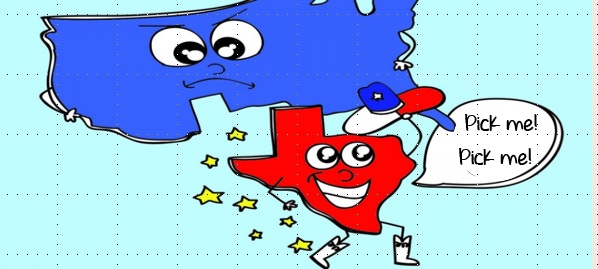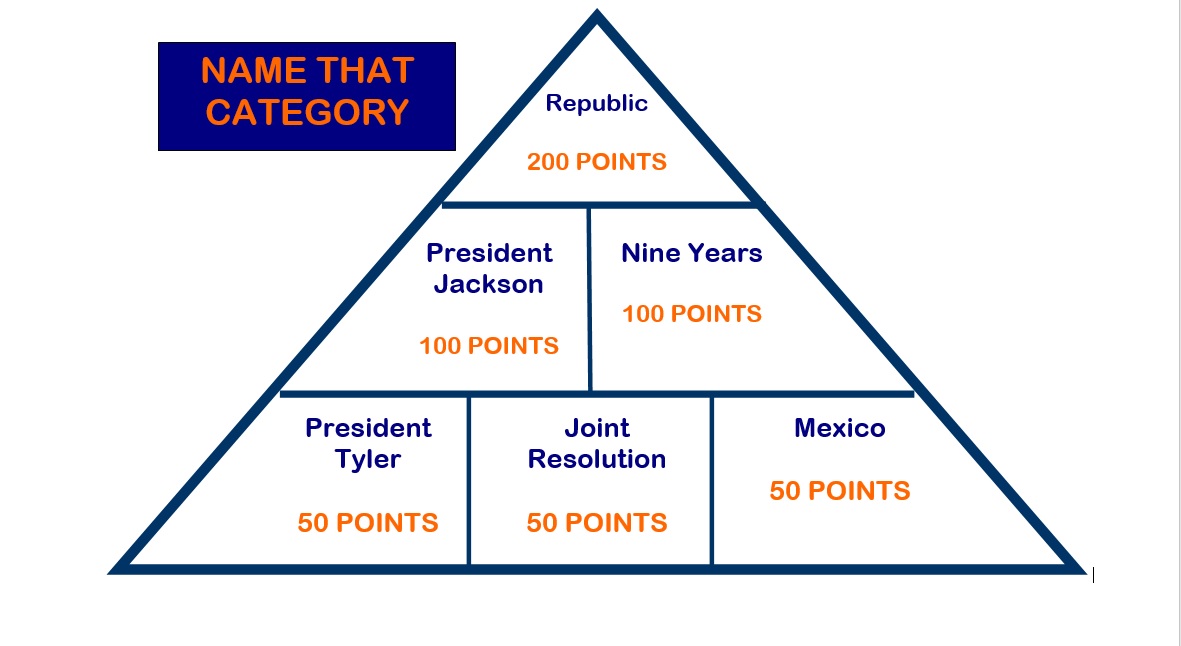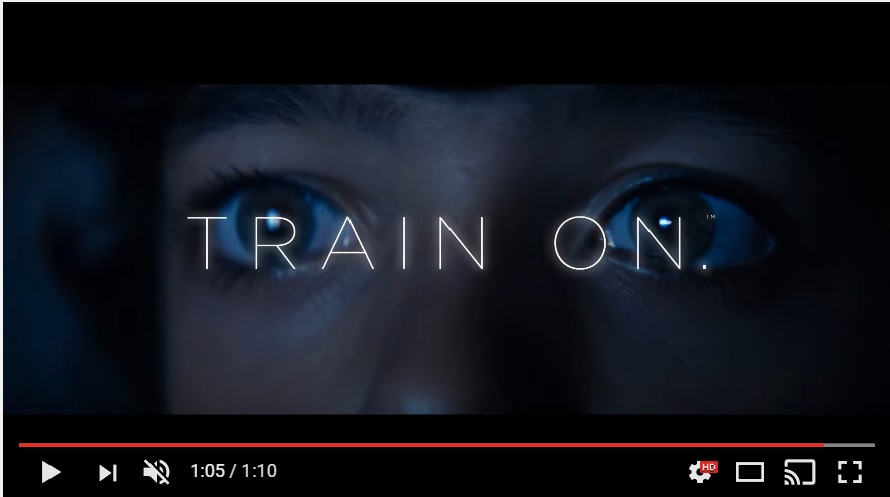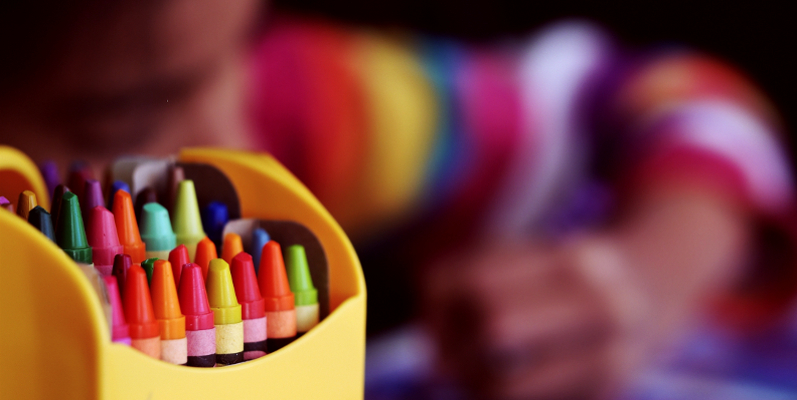You’ve seen it.
The slack-jawed expression from two dozen (plus a few more) tweens staring back at you. It’s terrifying and in my role as instructional coach on our campus there’s nothing that ties my stomach in knots more than that look of indifference.

When I accept an invitation to co-teach or model a lesson in our middle grade classrooms, I’ve got to be uber-prepared in order to make the learning engaging.
Two words help to guide my lesson prep.
Pop. Culture.
The entertaining culture our kids are immersed in every day in the real world has excellent application for the classroom and can actually enhance student learning. We know from research that the brain loves novelty, and Lord knows, instruction in most classrooms could stand to cash in on the whole novelty thing.
Five easy tips for engaging middle grade hard-liners in the language arts classroom:
Use Song Lyrics as Authentic Texts.
This scares a lot of teachers, I know, but be brave and give it a try. You’ll need to be prudent about what you use in the classroom as some (OK, a lot) of songs our kids hear outside school are not appropriate.
Recently, in a third grade lesson, Taylor Swift’s “Shake it Off” lyrics helped me introduce a process for analyzing poetry to some rather reluctant nine year olds. In pairs, they read the lines (no title included) and it didn’t take long for heads all over the room to pop up with recognition. The lyrics alone from the “leader of the girl squad” fueled enthusiasm for what our students had previously told us was THE most boring genre to date.
Experiment with GIFs and Memes as Formative Assessments.
Kids are very aware of the most recent (and viral) image files on the internet. It makes sense for teachers to leverage the popularity of that tool and use it in the classroom to engage and to assess.
In their book, Amplify!, Katie Muhtaris and Kristin Ziemke exhort teachers to bring their own unique passion into the classroom. I’m no expert on technology, but I’m passionate about inviting its use into the learning environment. Students spend hours outside school using technology in unbelievably creative ways and we’re wise to intentionally plan for its application inside school. Muhtaris and Ziemke: “Our technology skills evolve over time, but we have to begin with one small step. It doesn’t matter where we are on that continuum, only that we’ve placed ourselves in the exciting world of digital learning.”
This week fifth grade students read a test prep selection (oh boy–that certainly smacks of engagement *eye roll*) on how Texas became a state. Two particularly challenging paragraphs related how President Jackson did little to negotiate the addition of the republic of Texas as a state while President Tyler (only nine years later) worked a deal with Congress to extend the invitation of statehood.
I shared a meme with the students I’d found that represented Jackson’s attitude toward Texas and then challenged students to read the subsequent paragraphs and show their understanding of Tyler’s role in helping Texas to become a state by designing their own meme (highest level on Bloom’s Taxonomy = Create). It was inspiring to see what kids created and the teacher and I got a clear picture of students’ understanding of the text.

Gone Viral? School Appropriate? Use It!
Our fifth grade students learned about persuasive writing earlier this year and one of our language arts teachers allowed me to model an introduction lesson. Super bowl commercials are always a great way to hook kids so I started the lesson with the Pokémon ad for Super Bowl LI. After viewing the video a couple of times, I asked the questions, “What did the advertisers want the viewer to believe? How did the ad accomplish that?”
Those two questions led into introducing persuasive writing as a way to convince readers of a particular position held by a writer just as ad agencies are able to convince viewers/consumers to buy a product. The “relevant” video used as a hook allowed the teacher and me to refer back again and again throughout the persuasive unit to the tools of persuasion used in the commercial ad.
Always Think Multimodal.
Tanny McGregor was instrumental in teaching me this highly effective instructional move when her book Comprehension Connections came out in 2007. She shares specific works of art and music as companion pieces in her comprehension lessons. Over the years when teaching kids to infer, I’ve taken Tanny’s lead and introduced Horace Pippin’s artwork to help students better understand that strategy. In those lessons, the engagement and learning redouble.
Back to the not-so-exciting test prep text selection I talked about earlier. I knew it would be a challenge for fifth graders to be enthusiastic about reading a two-page article about Texas becoming a state, so I pulled out my “Tanny Tools”. What could I do to start the lesson that would grab the students’ attention and get them thinking about the central truth of that article on Texas? I used an image from the internet that would capture their attention, lead to some interesting table discussions and help to kick off our re-reading of the text.

Game Shows Get ‘Em Every Time.
One of my favorite ways to take advantage of pop culture in the classroom is to use vintage game show formats as a way to review or assess new learning. Kids love to play games and when the fun is put back into assessment then test-jitters seem to disappear. Is there anything better than seeing a kid smile and laugh while their knowledge of new material is being evaluated?
Back in the fall our third graders had their understanding of poetry elements tested with a Jeopardy game. The teacher designed a way for all students to capture their answers on a numbered sheet of paper before the correct answers were revealed.
This week when a teacher and I wanted to find out what kids knew about the process readers use to identify topic, main idea and supporting details, we used a $100,000 Pyramid type game (Name That Category). Students worked as partners to give clues and to guess the correct answer. The “guessing” partner had to write down the answer, say it aloud and then the clue-giving partner raised a hand so we could reveal the next category. Partners changed roles and each student was able to write down answers as a part of the game that allowed the teacher and I to assess their knowledge.

As educators, we owe it to our kids to make classrooms the most enchanting environment they encounter each day. With a little bit of extra planning and intentional practice, we can model for our kids that learning in the classroom is just as, if not more, appealing as their fascination with the world outside of school.
Two words for you:
Pop. Culture.











